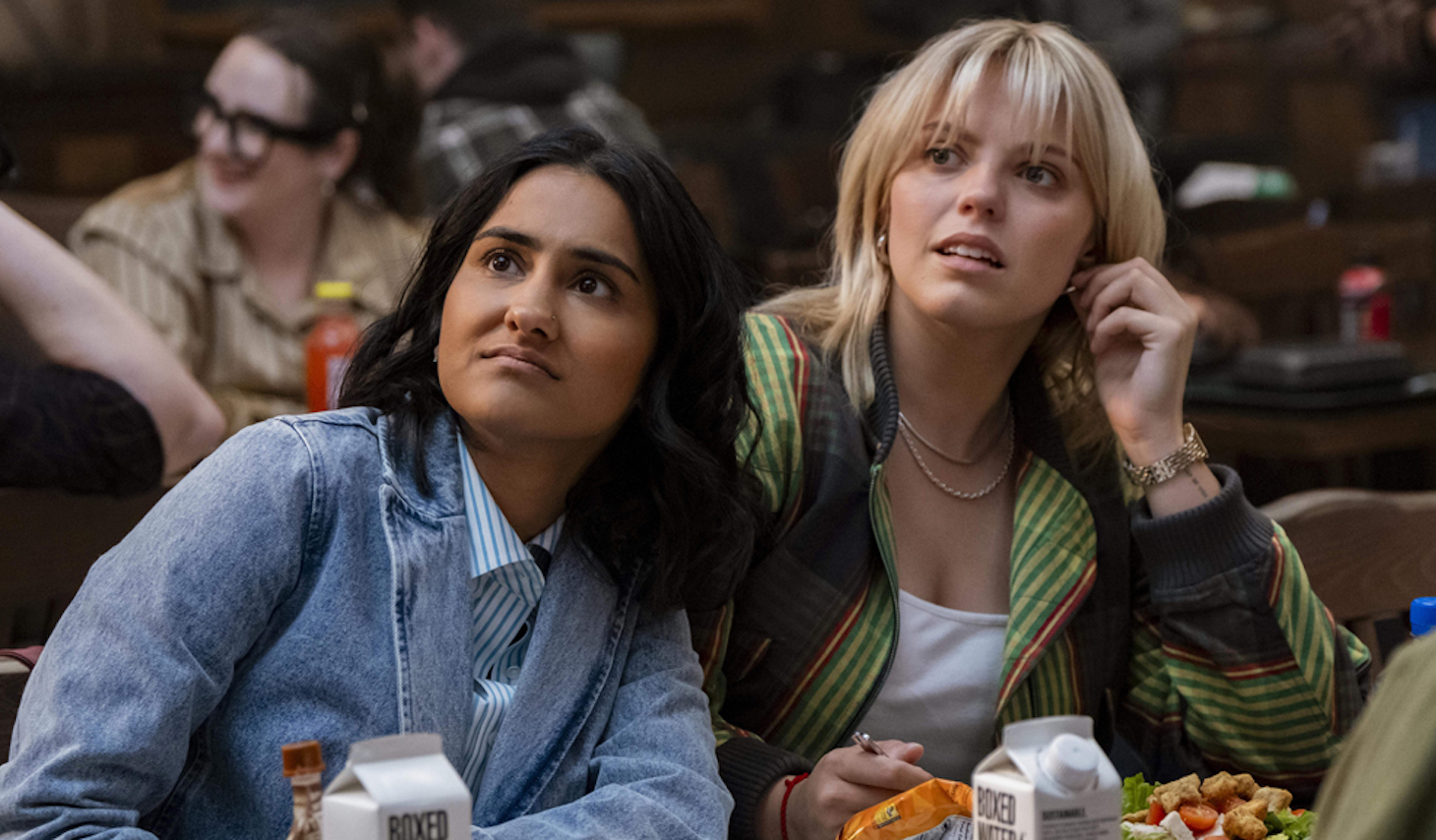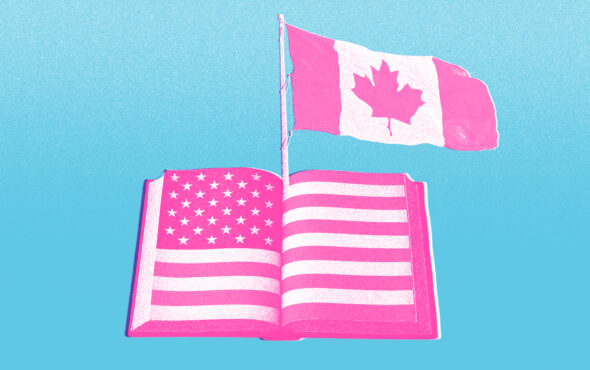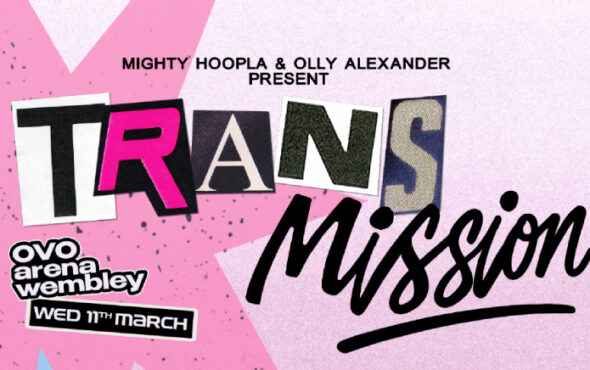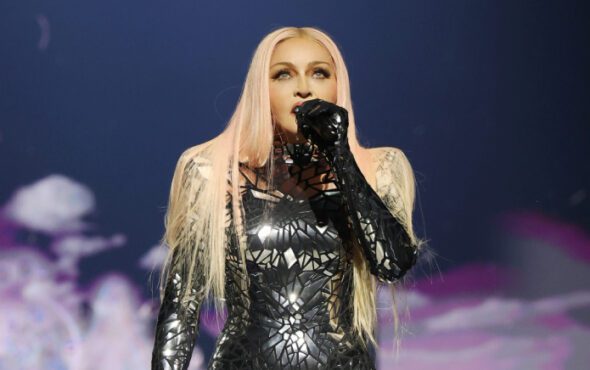
Coming out as bisexual after years of identifying as a lesbian, I had a realisation – dyke spaces might be thin on the ground, but bi+ spaces are non-existent.
Yep, I said it. Explicitly bisexual bars or community spaces, where folks of various gender identities can come together under the bi+ banner, just don’t exist in most cities. And as much as queer nightlife is seen as an escapist, progressive realm, there are so few parties which focus on sexual fluidity – instead, they’re still often divided into spaces for the lesbian or gay community, with the bis seen as a mere add-on.
It’s hard to feel affirmed – safe, even – in your identity when there are so few spaces for you to simply be, without compromise. (And let’s not even get started on the biphobia which still lingers across the queer community.) This is why, even as a professional critic of queer culture, I have been pleasantly surprised by a new era of bisexual representation on screen.
In December of last year, The Cut writer Cat Zhang expressed my – and many bi+ folks’ I know – thoughts in her article declaring 2024 the “year of the bisexual”. In it, she points to a litany of moments in pop culture where the hetero script burned in the trash and the bisexuals reigned, victorious. For bi+ folk seeking vindication, it’s a good read.
@binge Bela’s got some news. Stream a new episode of The Sex Lives of College Girls now on BINGE. #TheSexLivesOfCollegeGirls #TheLivesOfCollegeGirls #AmritKaur #BelaMalhotra #Bi #Bisexual #Queer #BINGE #ItAllHappensHere #TV #TVSeries #TVShow #TVClip #TVClips #TVScene #TVScenes #Show #Series #Clip #Clips #Scene #Scenes ♬ original sound – BINGE
Since this article was published, 2025 has already yielded some big-hitting bisexual plotlines and, as Them’s Catherine Mhloyi has noted, this is particularly true in the YA sphere. The second season of the To All the Boys spin-off XO, Kitty landed on streaming, drawing us into some labyrinthine, teenage bisexual drama. It’s a reminder that so much of our adolescent dating angst could be solved with a copy of Polysecure. Elsewhere, in the season three finale of Sex Lives of College Girls, horny comedy nerd Bela gets her own adorable coming out storyline – complete with a new girlfriend and a touching moment of acceptance with her mother.
These are genuinely touching instances of bisexuality on screen, where bi+ characters – crucially, bi women of colour who have historically been underrepresented – are shown not as props or a phase, but as people. As someone who thought it would be easier to flatten their bi+ sexuality and identify as gay, I wish I had seen shows like this earlier in my life. That said, I can’t help but wonder…where are all the bi+ guys? And when will the entertainment industry realise that bi+ people don’t have to be cis?
View this post on Instagram
Admittedly, there is the joyful teenage frolicking of one Nick Nelson in the wholesome Netflix show Heartstopper (again with the YA!) but where are the grown men? How hard is it to have a man living his life as an out-and-proud bisexual? With the focus on bi+ male youth, without providing older role models, it feels like the implicit message of biness being a transitional state – something you grow out of as you settle into a gay or straight identity – rather than a final destination, is being reinforced.
Of course, there’s a more glaring omission: trans and non-binary sexual fluidity. IRL, every queer friendship group features a non-binary bisexual (such as myself!) or a pansexually inclined trans person. Why isn’t this reflected in queer-friendly media? Ultimately, folks can identify with more than one label – especially in the case of gender and sexuality, which don’t correlate in any one way. After all, you can be trans and straight, trans and gay, non-binary when it comes to gender and labelless when it comes to sexuality – there are no pre-fixed rules, we’re free to build and deconstruct our identities however we see fit.
As we enter into this bold, brash new era of bi+ representation, where our characters are able to be as messy, three-dimensional and flawed as actual people, we have to push for more gender diversity in our depictions. Bisexuality is an opportunity to celebrate breaking down binaries, eschewing “either/or” and embracing the fullness and the possibilities of “and”. Let’s not let screenwriters put limits on our identities.


